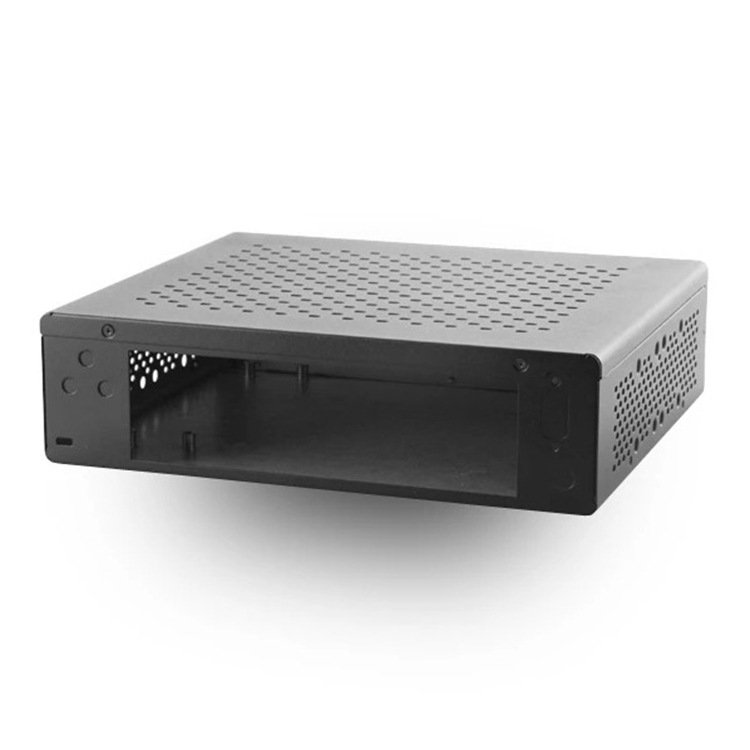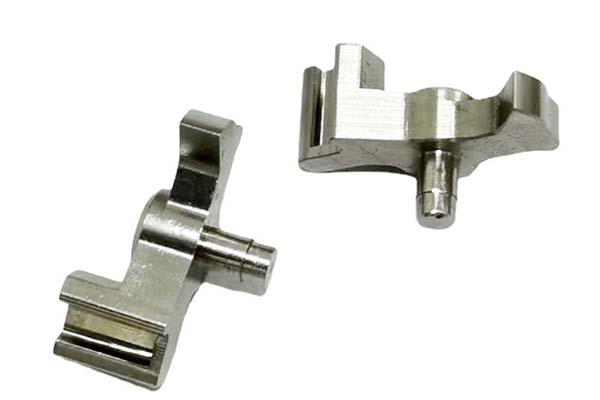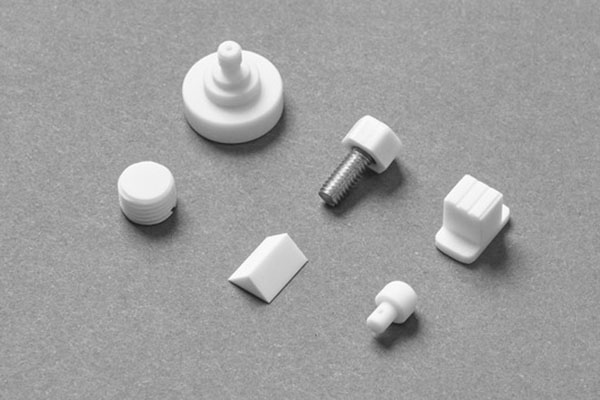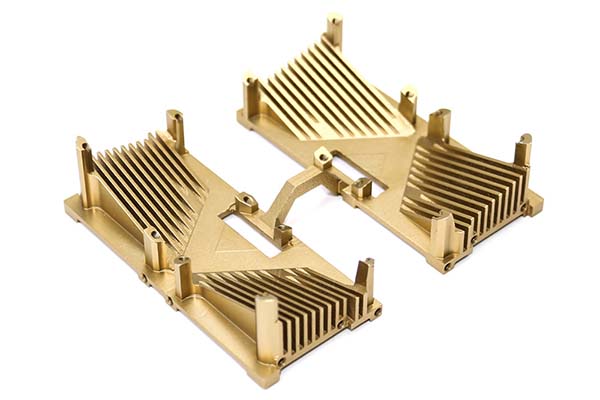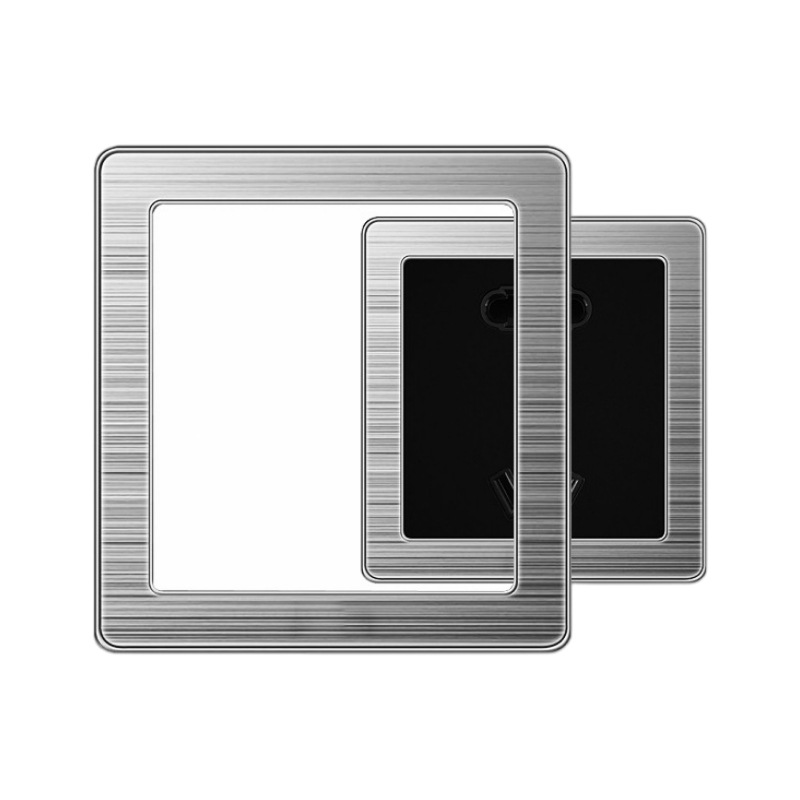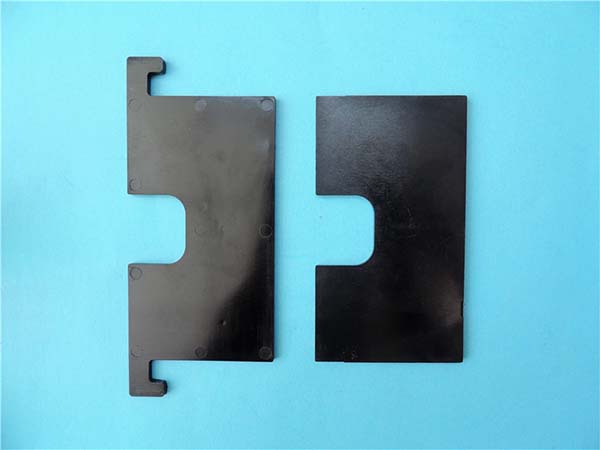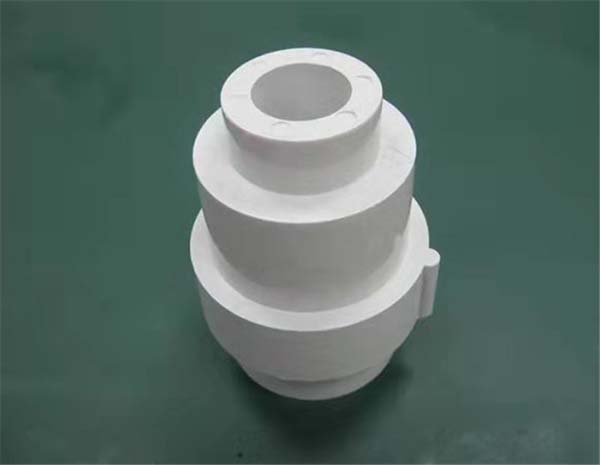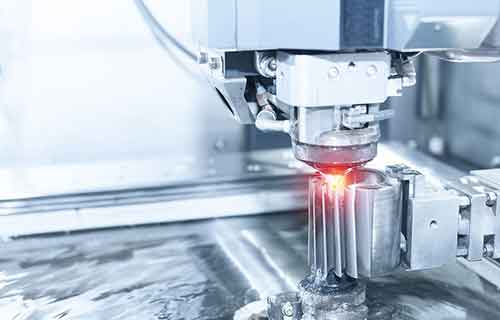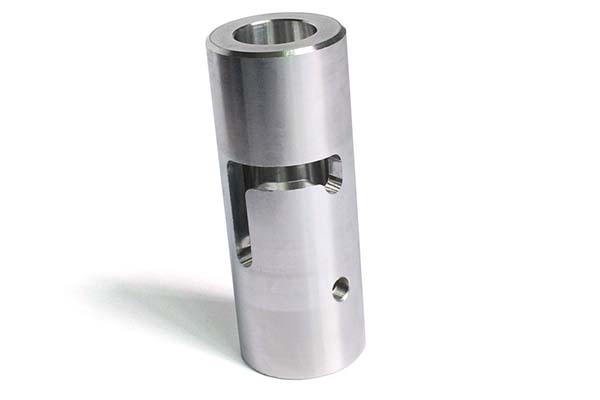Introduction
What are Plastic Gears?
Plastic gears are mechanical components made from various types of plastics. They consist of a set of toothed wheels that mesh with each other to transmit motion and power within a mechanical system. Just like their metal counterparts, plastic gears play a crucial role in changing the speed, torque, and direction of rotation. However, they are distinct in terms of their material properties. The teeth on plastic gears are precisely designed and manufactured to ensure smooth and efficient meshing. These gears can come in different shapes and sizes, such as spur gears with straight teeth parallel to the axis, helical gears with angled teeth for quieter operation, and bevel gears with conical shapes for changing the direction of rotation at a 90 - degree angle, among others.
Importance in Mechanical Systems
In modern mechanical systems, plastic gears have become indispensable components. They are widely used in a vast range of applications, from small - scale consumer electronics to large - scale industrial machinery. Their importance lies in their ability to provide cost - effective and lightweight solutions for power transmission. In many cases, plastic gears can replace metal gears, especially when the requirements for strength and durability are not as stringent. They also contribute to reducing noise levels in mechanical operations, which is highly desirable in applications such as household appliances and office equipment. Moreover, plastic gears can offer better corrosion resistance compared to metal gears, making them suitable for use in environments where moisture or chemicals are present. As technology continues to advance, the design and performance of plastic gears are constantly improving, further expanding their applications in the mechanical engineering field. This article will delve deeper into the advantages, applications, design considerations, and manufacturing processes of plastic gears, aiming to provide a comprehensive understanding of these versatile components.
How to Choose the Right Plastic Gears
Material Selection
Selecting the appropriate material for plastic gears is crucial as it directly impacts their performance and lifespan. Some of the most common materials used in plastic gear manufacturing include:
- Nylon (Polyamide, PA): Nylon is widely favored for its excellent mechanical properties. It has high strength, good wear resistance, and self - lubricating properties. Nylon can withstand relatively high loads and is suitable for applications where durability is required, such as in automotive parts like small gearboxes. For example, in some electric window mechanisms in cars, nylon gears are used due to their ability to handle repeated operations and resist wear over time. However, nylon has a relatively high water absorption rate, which can cause dimensional changes, especially in humid environments.
- Polyoxymethylene (POM): POM, also known as "acetal" or "Delrin", offers high stiffness, excellent fatigue resistance, and low friction. It is often used in applications that demand high precision and smooth operation, such as in small motors and office equipment. For instance, the gears in a printer's paper - feeding mechanism may be made of POM to ensure consistent and accurate paper movement. POM has a lower water absorption rate compared to nylon, providing better dimensional stability. But its heat resistance is not as high as some other materials, and it may degrade at elevated temperatures.
- Polypropylene (PP): PP is a cost - effective material with good chemical resistance. It is lightweight and has relatively good impact resistance. PP gears are often found in applications where cost is a major concern and the operating conditions are not too demanding, such as in some household appliances like small fans or simple toys. However, its mechanical strength is lower compared to nylon and POM, so it is not suitable for high - load applications.
When choosing a material, factors such as the operating temperature, load, chemical environment, and required lifespan of the plastic gears must be carefully considered. For example, in a food - processing application, the material must be food - grade compliant, so materials like POM or nylon with proper certifications may be preferred over others. If the gear will be operating in a high - temperature environment, a material with better heat resistance, such as a special grade of nylon or a high - temperature - resistant plastic, should be selected.
Gear Design Considerations
The design of plastic gears involves several key parameters:
- Modulus: The modulus is a measure of the size of the teeth and is an important factor in determining the gear's strength. It is calculated as the ratio of the pitch diameter to the number of teeth. In general, a larger modulus means stronger teeth, which can handle higher loads. For small - scale applications like in a wristwatch movement, a small modulus (e.g., 0.1 - 0.5) is sufficient as the loads are minimal. In contrast, for industrial applications where higher torque needs to be transmitted, a larger modulus (e.g., 1 - 5) may be required. The formula for calculating the modulus \(m\) is \(m=\frac{d}{z}\), where \(d\) is the pitch diameter and \(z\) is the number of teeth.
- Number of Teeth: The number of teeth affects the gear ratio and the overall size of the gear. The gear ratio is determined by the ratio of the number of teeth on the driving gear to the number of teeth on the driven gear (\(i = \frac{z_2}{z_1}\)). For example, if a gear with 20 teeth is driving a gear with 40 teeth, the gear ratio is 2, which means the driven gear will rotate at half the speed of the driving gear. The number of teeth also impacts the smoothness of operation. Gears with a larger number of teeth generally provide a more continuous and smoother power transfer. However, having too many teeth can increase the size and cost of the gear.
- Tooth Profile: The most common tooth profile for plastic gears is the involute profile. This profile offers smooth meshing and efficient power transmission. The shape of the teeth can be modified (e.g., through tooth crowning or tip relief) to improve the gear's performance. Tooth crowning, where the teeth are slightly rounded along their length, can help reduce stress concentrations at the edges of the teeth during meshing, thus improving the gear's fatigue life. Tip relief, which involves reducing the height of the tooth tips, can help reduce impact and noise when the gears start to mesh.
Compatibility with Other Components
Plastic gears must be compatible with other components in the mechanical system to ensure proper functioning:
- Shaft Compatibility: The inner diameter of the plastic gear must match the diameter of the shaft it will be mounted on. A proper fit is essential to prevent slipping or misalignment. For example, if the gear has a slightly larger inner diameter than the shaft, it can cause vibrations and inaccurate power transmission. Additionally, the material of the shaft should be considered. A metal shaft may require a different type of mounting or a bushing to prevent wear on the plastic gear due to differences in hardness.
- Bearing Compatibility: The plastic gear's rotation should be supported by compatible bearings. The choice of bearings can affect the smoothness of operation and the lifespan of the gear. For high - speed applications, ball bearings may be more suitable as they offer low friction. In some cases, self - lubricating bearings can be used in combination with plastic gears to reduce the need for external lubrication. However, it is important to ensure that the lubricants used in the bearings are compatible with the plastic gear material to avoid any chemical reactions that could degrade the plastic.
- Housing Compatibility: The housing that encloses the plastic gear should be designed to provide proper support and protection. The housing material and its dimensions must be such that they do not cause excessive stress on the plastic gear. For example, if the housing is made of a rigid material and does not have enough clearance for the plastic gear's thermal expansion, it can cause the gear to warp or crack over time. The housing should also be designed to prevent the ingress of dust, moisture, or other contaminants that could damage the plastic gear.
Yigu Technology's View
As a non - standard plastic and metal products custom supplier, Yigu Technology recognizes the growing demand for plastic gears in the market. With our professional technical team and advanced equipment, we are well - positioned to meet the customized needs of our clients.
In terms of material selection, we have in - depth knowledge of various plastic materials. We can help clients choose the most suitable material based on their specific application requirements, such as considering factors like temperature resistance, wear resistance, and load - bearing capacity. For example, when a client needs plastic gears for a high - temperature industrial application, we might recommend a special heat - resistant plastic material.
Our design optimization capabilities ensure that the plastic gears we produce not only meet the basic functional requirements but also have excellent performance. We use advanced design software and simulation tools to analyze and optimize the gear design, taking into account factors like tooth profile, modulus, and number of teeth. This helps to improve the efficiency and lifespan of the plastic gears.
In the production process, we adhere to strict quality control standards. Our state - of - the - art manufacturing equipment enables us to produce plastic gears with high precision. Whether it's injection molding or other production techniques, we ensure that every plastic gear meets the highest quality standards. We are committed to providing high - quality plastic gears that can help our clients' products stand out in the market.
Comparison Table: Plastic Gears vs Metal Gears
When considering the use of gears in a mechanical system, one of the key decisions is whether to choose plastic gears or metal gears. The following table provides a detailed comparison between the two in terms of various important characteristics:
| Characteristics | Plastic Gears | Metal Gears |
| Weight | Lightweight, which can significantly reduce the overall weight of the mechanical system. For example, in a portable electronic device, using plastic gears instead of metal gears can make the device more lightweight and easier to carry. | Heavy, which may add unnecessary weight to the system, especially in applications where weight is a critical factor. |
| Cost | Generally lower in cost. The raw materials for plastic gears are often less expensive, and the manufacturing processes, such as injection molding, can be more cost - effective, especially for high - volume production. | Higher in cost. The raw materials for metal gears, like steel or aluminum, are more expensive, and the manufacturing processes, such as machining and forging, are often more complex and costly. |
| Noise and Vibration | Produce low noise and vibration during operation. This is due to the inherent damping properties of plastics, which can absorb and dissipate energy, resulting in smoother and quieter operation. They are ideal for applications where noise reduction is crucial, such as in household appliances like blenders or in office equipment like printers. | Tend to produce higher noise and vibration levels. The hard and rigid nature of metals can cause more impact and resonance during gear meshing, leading to louder operation. |
| Corrosion Resistance | Have good corrosion resistance, especially when made from materials like POM or certain grades of nylon. They can be used in environments with moisture or mild chemical exposure without significant degradation. | Generally have poor corrosion resistance, except for some special metals like stainless steel. In the presence of moisture or corrosive substances, metal gears are prone to rust and corrosion, which can reduce their lifespan and performance. |
| Load Capacity | Have a relatively low load - bearing capacity compared to metal gears. They are more suitable for applications with light to moderate loads, such as in small motors or in the control mechanisms of toys. | Can handle high loads due to their high strength and rigidity. Metal gears are often used in heavy - duty industrial applications, such as in large - scale manufacturing machinery or in automotive transmissions. |
| Temperature Sensitivity | High temperature sensitivity. Plastic gears may deform or lose their mechanical properties at elevated temperatures, and their performance can be significantly affected by temperature changes. For example, in an environment with temperatures above 80°C, some plastic gears may start to soften and lose their shape. | Low temperature sensitivity. Metal gears can maintain their mechanical properties over a wide range of temperatures, making them suitable for applications in extreme temperature conditions, such as in engines or in industrial furnaces. |
| Design Flexibility | Offer high design flexibility. Plastics can be easily molded into complex shapes and sizes, allowing for the creation of custom - designed gears with unique tooth profiles, internal features, or attachment mechanisms. | Have low design flexibility. The manufacturing processes for metal gears, such as machining and forging, are more restrictive in terms of the complexity of the shapes that can be produced. |
This comparison table clearly shows that each type of gear has its own advantages and disadvantages. When choosing between plastic gears and metal gears, it is essential to carefully consider the specific requirements of the application, such as the operating conditions, load requirements, cost constraints, and noise - vibration limitations.
FAQ
1. What are the common materials for plastic gears?
Common materials for plastic gears include nylon (polyamide, PA), polyoxymethylene (POM), and polypropylene (PP). Nylon offers high strength, good wear resistance, and self - lubricating properties, but has high water absorption. POM provides high stiffness, excellent fatigue resistance, and low friction, with better dimensional stability due to lower water absorption. Polypropylene is cost - effective, lightweight, and has good chemical resistance, but lower mechanical strength compared to the others. Each material is chosen based on specific application requirements.
2. Can plastic gears be used in high - temperature environments?
Plastic gears have limitations in high - temperature environments. Most common plastic gear materials, such as nylon and POM, are suitable for operating temperatures typically below 80 - 100°C. Above these temperatures, they may soften, deform, or lose their mechanical properties. However, there are special high - temperature - resistant plastic materials available, like some high - performance engineering plastics. These can withstand higher temperatures, up to around 150 - 200°C in some cases, but they are more expensive and may have different processing requirements.
3. How to maintain plastic gears?
To maintain plastic gears, first, avoid overloading them as excessive load can cause tooth breakage or deformation. Keep the gears clean to prevent the accumulation of dust, dirt, or debris, which could increase wear. Regularly check for signs of wear, such as tooth chipping or uneven tooth surfaces. If possible, use appropriate lubricants compatible with the plastic material to reduce friction and wear. Also, ensure that the operating environment is within the recommended temperature and humidity ranges for the plastic gear material.
